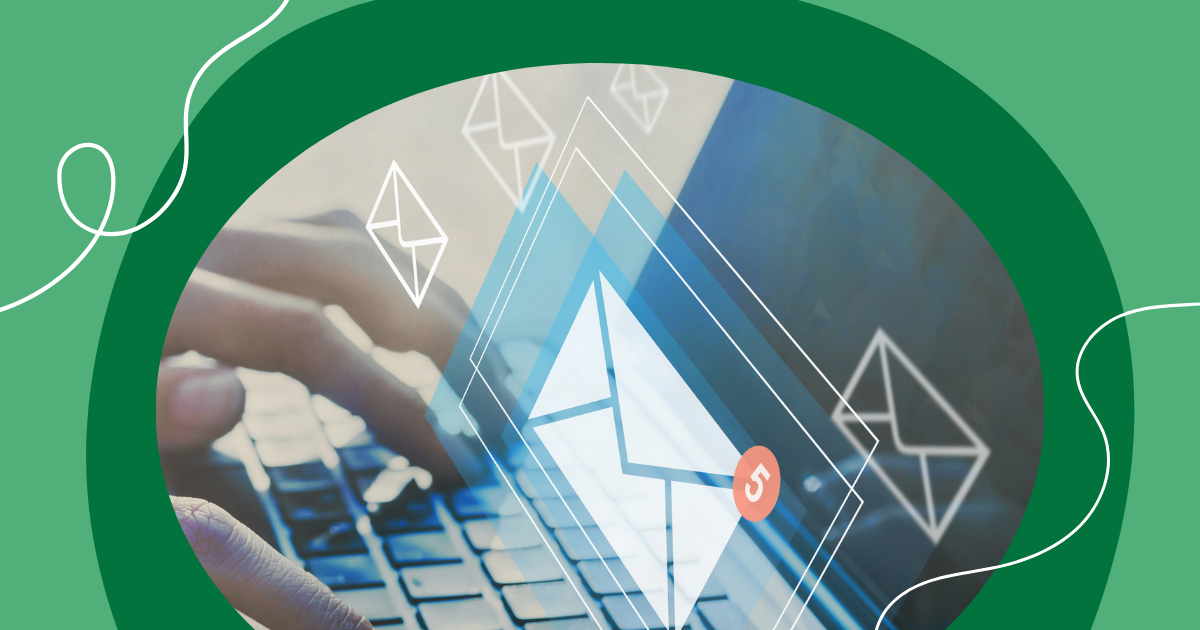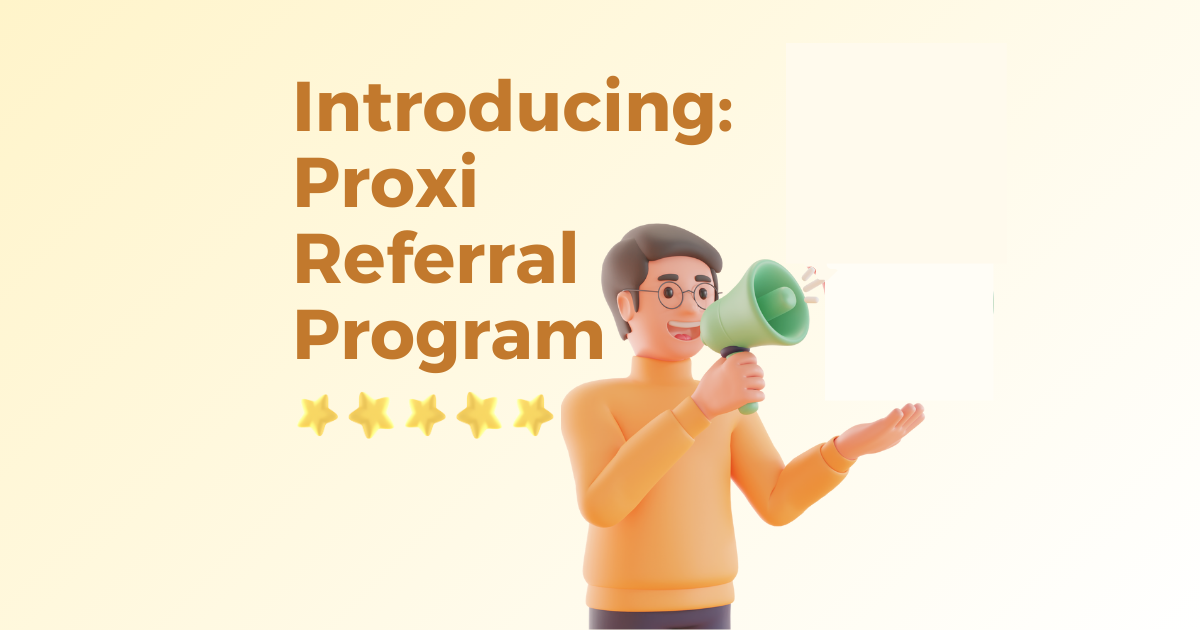
If you’re planning a conference or event that’ll play host to a massive volume of people, you’re probably thinking of ways to make getting around as easy as possible. When looking for options, you might have come across articles talking about conference maps. Whether you’ve heard about maps for conferences before, or this is the first time the idea came to mind, you might be wondering how to build a conference map effectively. If you haven’t gotten that far yet, you might be thinking about the best place to start when you’re creating a conference map.
Well, we’ll tell you. Read on to learn more about how to build an event map, what to include in order to help your attendees, and don’t forget to take advantage of our free Conference Map Template to help you further plot your map sections, include the right elements, and much more.
What is a Conference Map?
A conference map, also called an event map, is the representation of a specific venue that’s either recorded on paper or through using digital tools. An easy example might be the large “You Are Here” maps displayed at various points within a shopping center. The map provides an accurate layout of the area and works to direct visitors to specific locations within the venue, like the restrooms, eateries, and various stores.
A conference map is very similar, but instead of mapping out a shopping mall for visitors to explore, conference maps display directional information about the specific venue in which a conference or event is being held. These maps can be used to direct conference attendees to the room they’re supposed to visit in order to see a specific speaker.
What Are Interactive Maps?
Interactive maps, unlike static paper maps, allow attendees to essentially step into the map. Unlike the “You Are Here” mall map mentioned above, an interactive map pinpoints the user’s location and moves with them as they navigate their way toward a specific destination. Think of it like using your car’s GPS system for guidance when you’re heading into an unfamiliar area. The system not only tells you which directions to take in order to get where you’re going, but displays a moving map that represents the trip your vehicle is taking.
Interactive maps provide users with real-time help in much the same way. They show attendees the path that they’re on, the next turn to take, and an array of other tips and pieces of information that keep the person from becoming lost along the way.
Benefits of a Conference Map for Attendees
Providing conference or event attendees with a map of the venue can present a number of unique benefits.
- Scheduling: When conference attendees have a map at their disposal, they’re better able to navigate the often complicated layouts of various events. This means that they’ll be able to locate the conference room they’re supposed to be visiting as either a speaker or visitor. While they’d likely find their destination without a map eventually, having a tool designed to guide them can help attendees save time. Reducing incidents of lateness helps ensure that each element of the event is able to proceed as scheduled, and attendees will be able to have the best possible experience because they won’t be forced to miss the first few minutes of a presentation due to getting lost.
- Safety: A well-designed conference map will include entrances, exits, and resources to use in the event of an emergency. For example, event maps might highlight where fire escapes are located, where alarms can be accessed, how to access fire extinguishers, and where the onsite medical staff will be stationed. Equipping attendees with a thorough map will not only enhance the experiences they’ll surely have at the event, but will also ensure the safety of everyone taking part in the conference.
- Convenience: Event maps, in addition to directing visitors to the conference areas they’re seeking, will also point out where restrooms are located, which exit leads to the parking lot they used, where trash receptacles are, and if applicable, the area that houses the food court or various eatery options.
- Networking Capabilities: Having a map that lists the location of each speaker or business in attendance can help attendees find the exact spaces they’re looking for, but the usefulness of mapping doesn’t end there. Before, between, or after scheduled conferences, attendees can browse through the offerings listed on the map. If they find a business or speaker that interests them, they know exactly where to visit next. The clear set of directions that lists each business in attendance offers unique networking capabilities. Attendees can easily locate businesses or speakers that interest them when without a map, they might not have even realized the business or speaker was attending the conference in the first place.
- Marketing: Similar to the networking capabilities that maps present, knowing which speakers and businesses are at the conference and where to find them can be an excellent marketing benefit. When individuals or other businesses know how to reach other companies in attendance, it becomes far easier to collect information, make purchases, or present collaborative opportunities between companies and working professionals.
- Accessibility: Having a map for attendees can also be helpful for those with accessibility concerns. For example, knowing where handi-capable restrooms are located, how to find elevators instead of stairs, and locating wheelchair ramps that grant access to attendees with disabilities can be immensely helpful.
Items to Include as Markets on a Conference Map
Depending on the specific conference or event, there are several things that should be included on a conference map. The layout of the venue itself is a key component of the map, but it should also include all entrances and exits, restroom facilities, stairs, elevators, conference rooms, booth locations, parking areas, safety features, and timeslots.
However, a well-developed event map might also cover routes to various locations outside the event itself. For example, it might be helpful to list the possible accommodations that attendees might need to access, as well as directions to take in order to arrive safely. Further, it might benefit visitors if the conference map informs them about various restaurants located nearby, especially if the event doesn’t allow food and drinks.
If the conference is scheduled to take place for several days at a time, an event map might also recommend activities that guests might want to take part in during conference downtimes. For example, famous sites and unique things to do while visiting the area.
To enhance the overall safety of the event’s attendees, it’s also important that conference maps include information about how to reach the nearest pharmacy, hospital, and police station.
Considering all of the elements that should be included in a conference map, event planners might find the idea of creating one of these venue layouts overwhelming. Fortunately, you don’t have to handle the entire mapping process on your own. Take a look at our Conference Map Template, which will help you collect your thoughts, plan your conference map in simple sections, and slowly build a robust, detailed map without all of the stress and hassles involved in creating a map alone.
Additional Uses for a Conference Map
Though the uses for a conference map are already extensive, there are a few other elements to think about before finalizing your plans. On top of using a conference map to list the locations of various inner-conference events, you might also use the map to establish timelines. Include conference schedules that note when specific events are predicted to begin and end.
Other example pieces of information to include might be:
- the opening and closing times of the venue and local establishments that attendees might visit
- emergency numbers, addresses, and convenient driving routes
- points of reference that attendees can use to verify that they’re heading in the right direction
- times and places where unofficial or after-hours events will be held, like meet-and-greets
- directions to information kiosks that attendees might want to visit if they need more assistance
Event Mapping Tips
Though there is often a lot to think about when creating a map for conference attendees, do your best to keep the map simple and easy for people to follow when they’re visiting for the first time.
It’s also worth noting that, for safety reasons, it’s a good idea to have your security checks stationed outside of the ticketing or entry areas. This way, attendees will have passed through security before being granted access to the event.
The elements that go into mapping a conference are probably a lot to take in. We understand. It’s not an easy process by any means, but there are tools you can use to make complicated planning a little easier. Take mapping your conference area one step at a time. Don’t try to map the whole area in a single go, try to break the project into smaller sections instead. This way, you’ll have breaks in between sections and you’ll be more likely to include everything your guests are going to need.
Related Articles
Get Inspired
View All Featured MapsAdventure Awaits!
Check out some of the latest articles on our blog





